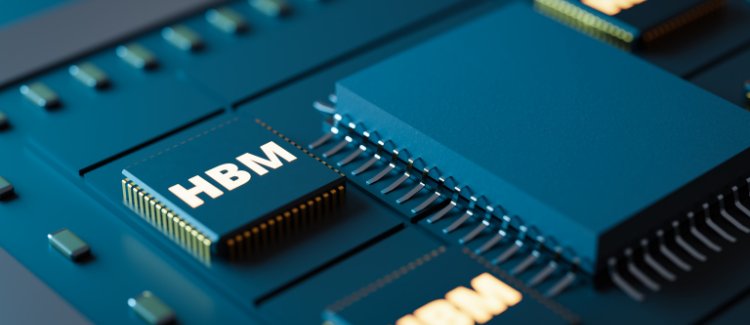Memory Market Outlook: AI Demand and Tight Supply Drive Resurgence
After facing a challenging downturn in 2022 and 2023, the memory market has emerged with renewed resilience, supported by AI-driven demand and strategic adjustments in supply. The downturn, influenced by post-COVID inventory surpluses and unclear demand signals, led to widespread negative operating margins (OPM) and cuts in capital expenditures (capex) across major suppliers. However, as customer inventory levels normalized, market conditions tightened in the second half of 2023, setting the stage for a strong recovery. This 2025 outlook explores the factors shaping this rebound, from DRAM and NAND supply constraints to the AI and datacenter demand driving the memory market forward.
Market Dynamics and Recovery
Starting in late 2023, supply and demand began to balance as inventory drawdowns and constrained output led to a price recovery, particularly in products like DDR5 and enterprise SSDs. With constrained output and targeted investments, suppliers have been able to stabilize prices, setting up a favorable pricing environment for 2024 and beyond.
AI is fundamentally reshaping memory demand, particularly through the proliferation of AI-centric datacenters. Demand for high-bandwidth memory (HBM), a key component for these data-intensive systems, grew by 150% in 2023 and over 200% in 2024, and is projected to expand by another 70% in 2025. As DRAM suppliers focus heavily on HBM production, the bit tradeoff between HBM and DDR5—estimated at a 4:1 ratio—has compounded supply constraints for DDR5, further tightening the DRAM market.
Memory Market Outlook: HBM Focus in DRAM, High-Capacity SSD Demand in NAND, and Edge AI Driving Future Growth
With demand heavily centered on HBM, DRAM suppliers are allocating capex primarily toward high-bandwidth memory production. This focus has led to slower supply growth for traditional DRAM, keeping the DRAM market tight. Furthermore, cleanroom limitations and the higher production costs of HBM are expected to moderate DRAM supply expansion, supporting stable revenue growth in 2025.
NAND suppliers are also benefitting from the AI surge, particularly in the high-capacity SSD segment. Datacenters are increasingly adopting 30 TB and 60 TB SSDs as they transition from HDDs to SSDs for more efficient data storage. These high-density SSDs, often based on QLC technology with 1 Tb die densities, enable lower power consumption and faster access speeds, aligning with the data requirements of AI workloads. This shift to high-capacity SSDs is expected to support NAND demand through 2025, with NAND revenue projected to reach $70 billion.
The AI wave is extending beyond datacenters into edge devices, such as AI-enhanced PCs and smartphones. While initial models in 2024 may be incremental, devices designed in 2023 and 2024 with advanced AI capabilities are set to drive significant demand growth in 2026 and beyond. These edge AI devices, featuring higher DRAM and NAND content, will create new demand channels and diversify the applications driving memory consumption.
In addition to AI-driven growth, datacenter upgrades are poised to add a demand tailwind as enterprises replace aging infrastructure. Limited investment in traditional server upgrades over recent years has created a backlog of systems nearing end-of-life. This renewal cycle is expected to drive new demand for both DRAM and NAND, further supporting the memory market recovery.
Financial Outlook and Revenue Projections
In 2024, NAND and DRAM markets are forecasted to reach $70 billion and $100 billion, respectively. By 2025, total memory market revenue is expected to surpass $250 billion, underscored by supply limitations and robust demand. The upward trajectory in revenues reflects the combination of constrained output and strong market demand across AI, datacenter, and edge applications.
Despite the positive outlook, the memory market remains susceptible to volatility due to the cyclical nature of supply and demand dynamics. Fluctuations in AI-driven demand and periodic over- and under-investments by suppliers may result in occasional imbalances. Nevertheless, with sustained investments in production and technology, the memory sector is expected to continue its growth path through 2025, positioning itself to support the data-driven future of AI and other emerging technologies.
Unlock key insights into the future of the memory market by accessing the full 2025 Memory Outlook Report for FREE on the TechInsights Platform.
Enter your email to register to the TechInsights Platform and access analyses, daily content updates, and everything Memory.











